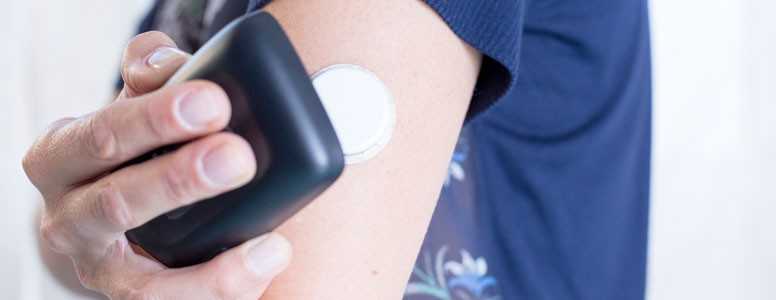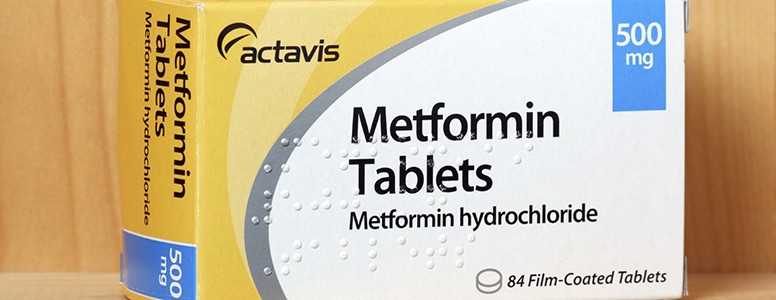For some people with type 1 diabetes, diabetes devices are too much trouble.
According to new findings, published in Diabetes Care, 47.3 per cent of people with type 1 diabetes wrestle with the newest diabetes technology and therefore don’t use it.
Researchers surveyed 1503 participants from the T1D Exchange study.
They tried to find out how many of these people did not wear diabetes devices like continuous glucose monitoring (CGM) and why.
Of the 28,000 people with type 1 diabetes in the T1D Exchange, only about nine per cent were using CGMs in 2013-2014. And among those surveyed, there were 249 participants who had discontinued CGM use.
The youngest generation of millennials aged 18 to 25, supposedly more at ease with technology, were found to use CGM the least, although cost and lack of insurance may have something to do with it.
Paying for the device, buying supplies as well as getting insurance coverage is a concern for up to 61 per cent of participants.
The most often-cited reasons for not wearing CGMs or insulin pumps besides cost have to do with esthetics and comfort of having it on their body all the time. This was reported by about 35 per cent of non-users.
People with negative attitudes about diabetes technology, and especially women, had a higher HbA1c and more difficulty controlling their blood sugar levels.
Yet, CGMs have been shown to give people greater control over their diabetes and help ward off against episodes of hypoglycemia and hyperglycemia.
Among people who stopped using CGMs, 29 per cent believe that the device took too much time and effort to use. This highlights the importance of design and ease of use for those who wear devices 24/7.
There is a need for smaller and less obtrusive devices, which was already pointed out by the type 1 diabetes community in a famous Open Letter to Steve Jobs in 2007.
The simplicity of the technology is also important, as researchers believe specific features of devices or smartphone app capabilities may be too complex and deter people from relying on them.
What's new on the forum? ⭐️
Get our free newsletters
Stay up to date with the latest news, research and breakthroughs.






